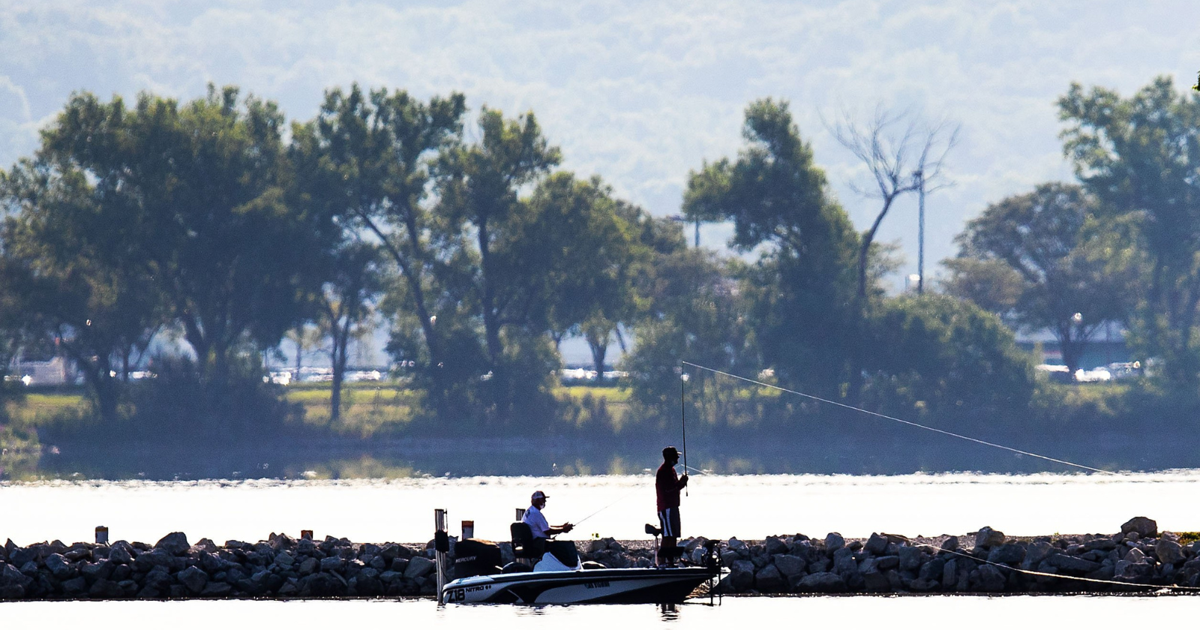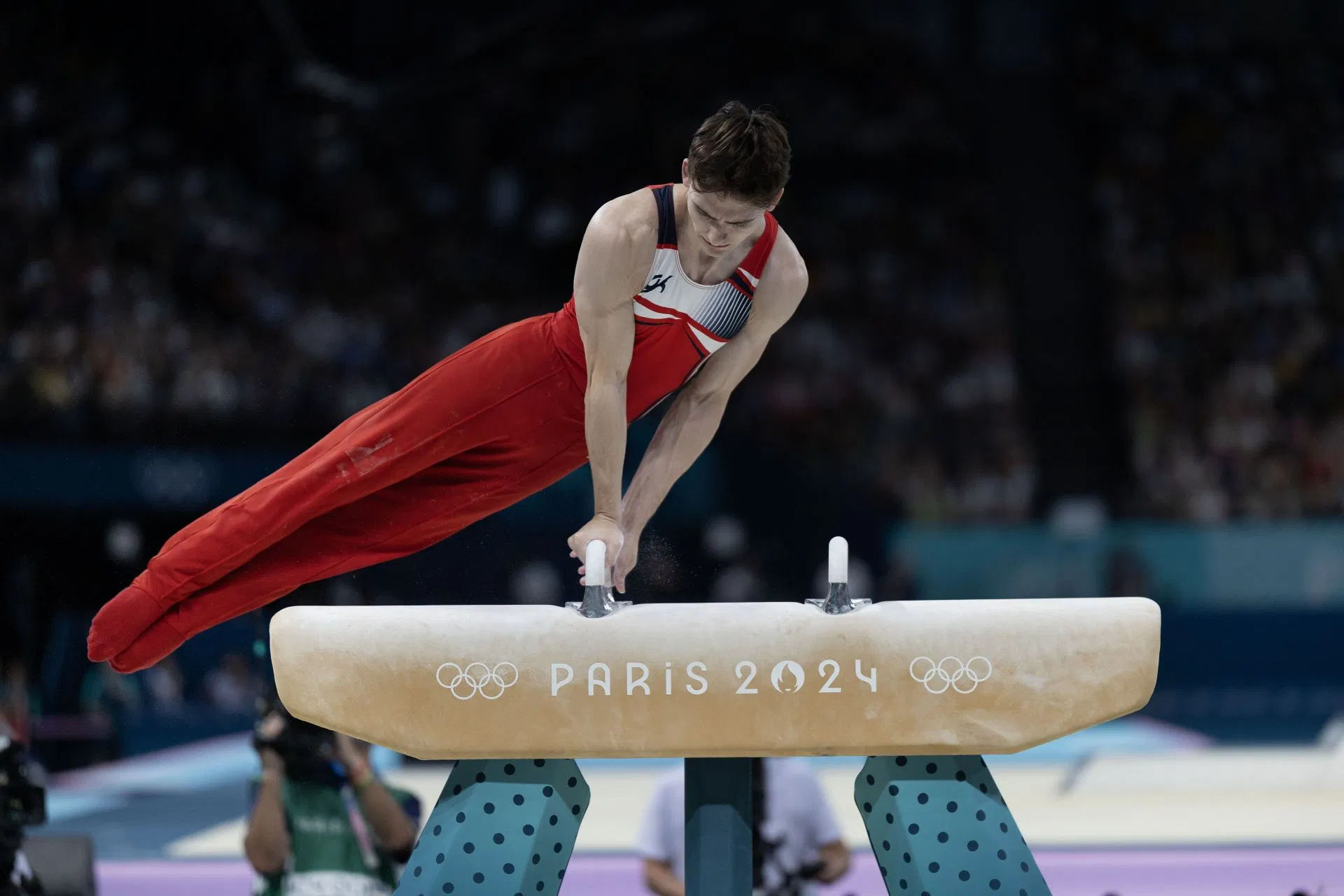
An ice gorge gave us Salina Sea.
Never heard of it? How about Cut-Off Lake? East Omaha Lake? Lake Nakoma (or Nakomis)?
Those were the earliest names for Carter Lake — the oxbow body of water that Omaha visitors leaving Eppley Airfield see on the west side of Abbott Drive.
The lake belongs to Iowa, as determined by the Supreme Court. Inside the oxbow is the city of Carter Lake, Iowa. On the perimeter of the oxbow is Omaha’s 520-acre Levi Carter Park.
The lake’s naming history adds to the confusion. So do the two marriages of one Selina Carter Cornish.
In pioneer days and into the early years of Nebraska statehood, the Missouri River’s general southeasterly flow went in the opposite direction northeast of downtown Omaha.
Known as Saratoga Bend, for the paper town between Omaha City and Florence, the river flowed northwesterly to the line of today’s Grand Avenue before returning to a southerly course past downtown.
Until March 15, 1877.
The Missouri River is just now full of floating ice, the result of the recent cold snap, and an immense ice gorge is found in the big bend in a northeasterly direction from the Smelting Works, causing the stream to rise at that point and overflow the bottoms on the Iowa side. About 8 o’clock this morning a small stream was first perceived making its way across the neck towards the Smelting Works and soon it reached the main channel again. Since that hour the cut-off stream has been increasing in volume until now at its widest point it resembles a vast lake of bubbling and foaming water and ice.”
— Omaha Evening Bee
Sightseers marveled at the falls — some 200 of them — and most 4 to 6 feet high, resulting from the gorges.
“The ‘cut-off’ is what has been expected for several years. It has been an undisputed fact that it must come sooner or later. It has long been thought that the Missouri would make this cut-off and thus form a new channel where this great body of water is now rushing over the bottoms. That was the opinion of T.E. Sickels, chief engineer of the Union Pacific, two or three years ago.”
Saratoga Bend had become an oxbow, or horseshoe-shaped lake. Its depth was sufficient to harvest ice in the winter.
“Cut-Off Lake” — as it was known by 1880 when the city council sought title to it — furnished ice for four of South Omaha’s packinghouses in 1888. Hammond, Swift, Armour and Fowler built ice plants and spur lines to take the cold stuff back south.
An 1892 Omaha map that hangs in my home office shows a much smaller lake than the Carter Lake of today. The “arms” of the horseshoe silted in, leaving a lake that was about the same width as today but contained between the lines of Ames Avenue and Fort Street.
It must have been deep enough to have steamer excursions on the “Omaha,” as mentioned several times in early 1890s newspaper accounts.
That 1892 map used “East Omaha Lake.” The East Omaha Land Company, seeking to turn the area into an industrial park, asked in 1890 for the name change, which fell quickly into disuse.
At that time, the Iowa-Nebraska boundary squabble went to the highest court. Nebraska contended that aside from the sudden change in 1877, that the changes in the river course were gradual and the boundary should be in the middle of the riverbed. Iowa wanted the boundary line as indicated by the river course found in an 1851 land survey.
While the Supreme Court decision gave the interior of the oxbow to Iowa, Omaha was relieved that East Omaha (ultimately Eppley’s land as well) was Nebraska’s.
Omaha city fathers, including Park Commissioner Edward J. Cornish, in 1899 eyed the lake and the adjoining Nebraska land as a park. Omaha lacked a water pleasure resort. Three years later, it was proposed to sell the undeveloped Fontenelle Park tract to pay for a strip of land 600 feet wide around the lake’s perimeter. Neither happened.
The World-Herald in 1907, as the city was closer to a land purchase, championed the renaming of Cut-Off Lake to Lake Nakoma. It honored one of the prominent Native American figures in early Nebraska history.
Nakoma was from the Omahas, the wife of Peter Sarpy. Her first marriage was to Dr. John Gale at Fort Atkinson. When he took ill and was transferred to Rock Island, Illinois, he unsuccessfully tried to take their baby girl “Hin-nu-ga-snua” with him after Nakoma refused to leave her community.
Gale entrusted Nakoma and the baby to Sarpy. Nakoma died in her 90s in 1902 on the Omaha reservation. Her granddaughters included Dr. Susan LaFlesche Picotte, the first Native American physician, and Susette LaFlesche Tibbles — Inshata Theumba or “Bright Eyes” — who was the interpreter for Chief Standing Bear at his 1879 trial.
Using a $50,000 donation from Selina Carter, the city purchased 260 acres along 3½ miles of Lake Nakoma frontage in 1908. Her conditions included the park be named for her late husband.
Levi Carter was president of the Carter White Lead Co. Coming to Nebraska City in 1856, he married the niece of his business partner in 1872 in Omaha. Their only child died in infancy in 1875.
The tall man with a gray beard rode the streetcar daily from his downtown office to 16th and Locust Streets, then walked to his factory. As he took that stroll twice a day, he envisioned the lake and bottomland as a park.
Levi Carter died at 73 in 1903. His widow fulfilled his idea.
An Omaha Bee writer dubbed the lake “Salina Sea” (Selina was repeated misspelled in the papers as Salina). That moniker stuck for much longer than you’d expect. Until Sept. 28, 1909, when the park commission, at Selina Cornish’s request, officially designated the lake as Carter Lake.
Selina had pull. Several months earlier, she remarried.
Her second husband was Edward Cornish, the park commissioner and the successor to Levi Carter as president of the Carter works. He had been a bachelor.
Over the years, the Cornishes donated land and cash totaling more than $400,000 for the park.
In 1938, Edward and Selina Cornish died 15 days apart in New York City.
One of the west entrances to Levi Carter Park, past the Boyd Field complex that’s being renovated by the Sherwood Foundation for Central High use, is named Cornish Boulevard.
Next week: Stories of Levi Carter Park
stu.pospisil@owh.com, twitter.com/stuOWH
Dive into hometown history
With a weekly newsletter looking back at local history.
* I understand and agree that registration on or use of this site constitutes agreement to its user agreement and privacy policy.
Stu Pospisil
Reporter – High school sports
Get email notifications on {{subject}} daily!
Your notification has been saved.
There was a problem saving your notification.
{{description}}
Email notifications are only sent once a day, and only if there are new matching items.
Followed notifications
Please log in to use this feature
Log In
Don’t have an account? Sign Up Today



